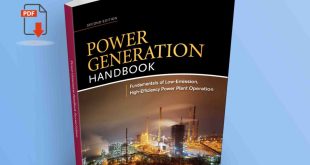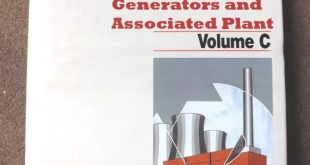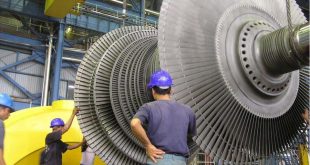Heat Recovery Steam Generators (HRSG) play a pivotal role in modern power plants, particularly in combined cycle operations. They help to improve the efficiency of gas turbines by recovering heat from exhaust gases, which would otherwise be wasted, and converting it into steam to drive a steam turbine. This process increases the overall efficiency of power generation. In this article, we’ll explore the working principle of HRSGs, their components, applications, and more.
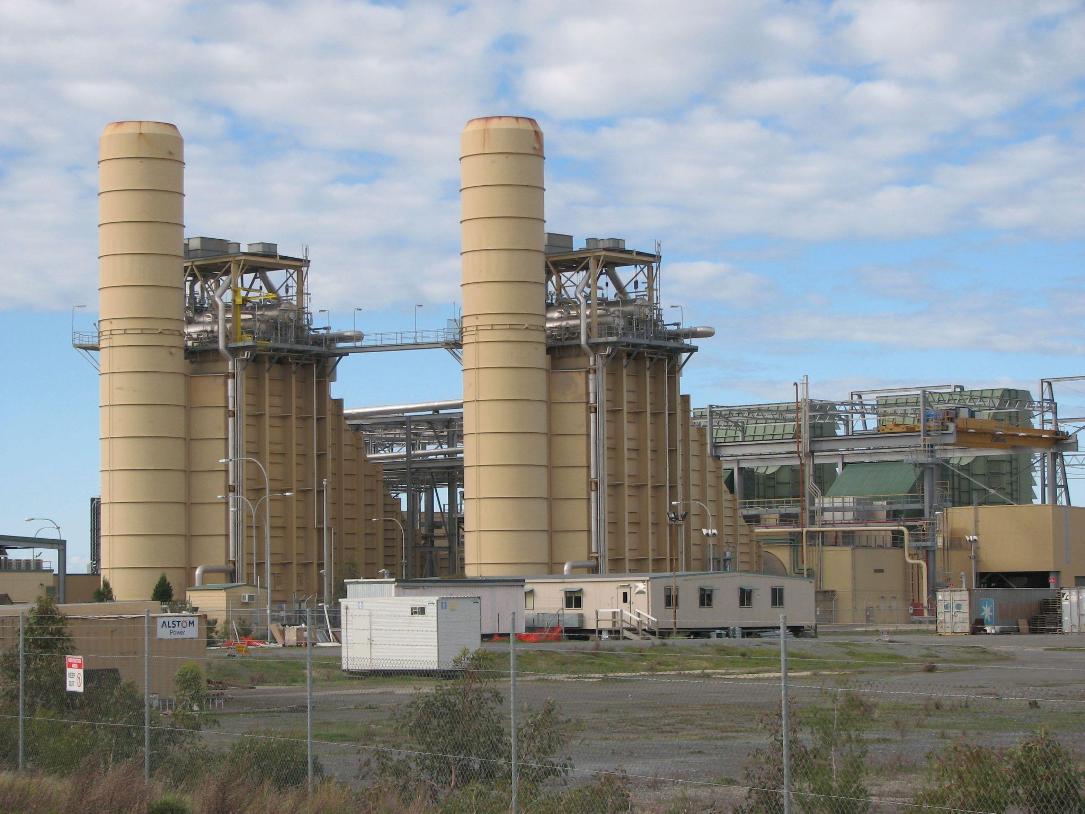
What is a Heat Recovery Steam Generator (HRSG)?
A Heat Recovery Steam Generator (HRSG) is an energy-recovery heat exchanger that captures waste heat from exhaust gases in gas turbines or industrial processes. The captured heat is then used to generate steam, which can drive a steam turbine or be used in other applications. HRSGs are widely employed in combined cycle power plants, improving the overall efficiency of power generation.
How Do HRSGs Work?
HRSG Working Principle
The basic principle behind an HRSG is quite simple: it recovers heat from hot exhaust gases, typically from a gas turbine. These gases, often released at high temperatures, flow through the HRSG’s heat exchangers. As the hot gases pass through, they transfer their thermal energy to water circulating within the HRSG. This heats the water, converting it into steam.
This steam is then used to either generate electricity via a steam turbine or for industrial processes. The HRSG system, therefore, increases the overall efficiency of the CCPP combined cycle power plant by utilizing what would otherwise be wasted heat.
PDF Resources: HRSG Working Principle
For a detailed PDF on the HRSG working principle, you can download various technical guides and manuals that explain the thermodynamics and engineering aspects in-depth. Search for “HRSG Working Principle PDF” to find suitable resources.
Components of HRSG
An HRSG consists of several key components, each playing a crucial role in steam generation:
Heat Exchangers
Heat exchangers are central to the operation of HRSGs. They facilitate the transfer of heat from exhaust gases to water or steam.
Economizer
The economizer is the first section in the HRSG. It preheats the feedwater before it enters the evaporator. This increases efficiency by recovering more heat from the exhaust gases.
Evaporator
The evaporator is where the actual steam is generated. As the water passes through the evaporator tubes, it absorbs heat from the exhaust gases and turns into steam.
Superheater
The superheater raises the temperature of the steam generated by the evaporator. This superheated steam is then used to drive a turbine or for other high-temperature industrial processes.
Reheater
Some HRSGs feature a reheater, which is used to further increase the temperature of the steam after it has expanded through a portion of the steam turbine, improving efficiency.
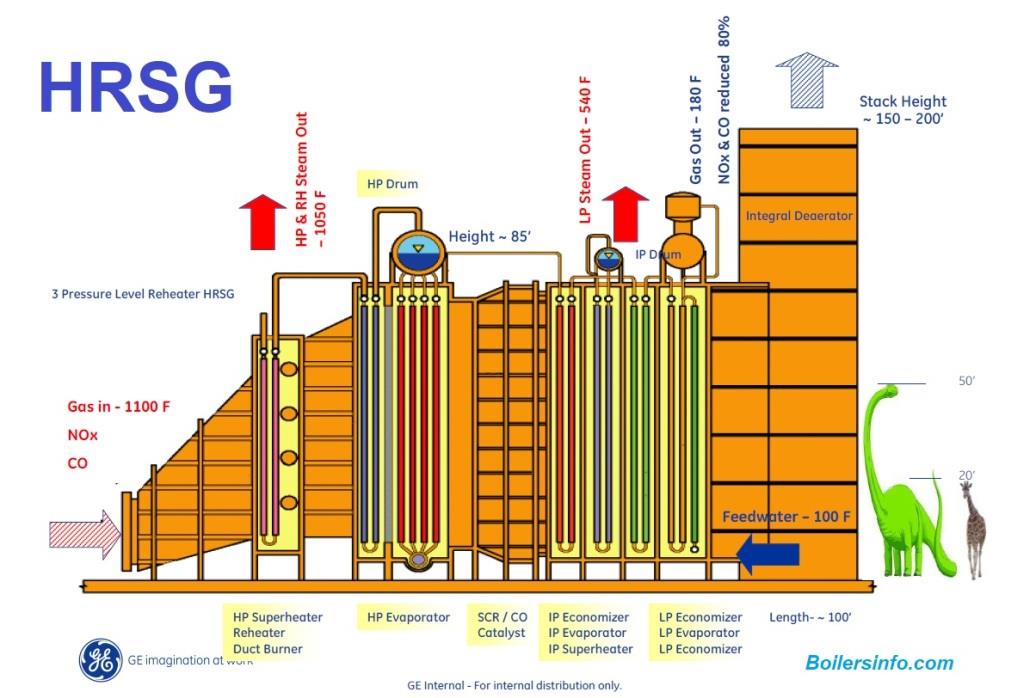
PDF Resources: HRSG Components
Technical documents, such as an “HRSG Components PDF,” can provide detailed diagrams and specifications of these components.
Horizontal Heat Recovery Steam Generators
Horizontal HRSGs are commonly used in power plants and industries where space is a constraint. These units are typically placed in a horizontal configuration, making them ideal for setups where vertical space is limited. They function the same way as vertical HRSGs, using heat exchangers to recover energy from exhaust gases.
Applications of HRSG
HRSGs are primarily used in power generation, especially in combined cycle power plants, but they also find use in chemical processing plants, refineries, and other industrial operations that produce waste heat. HRSGs are a key component in enhancing energy efficiency and reducing fuel consumption.
HRSG in Power Plants
Combined Cycle Power Plants
In combined cycle power plants, HRSGs are an essential part of the system. A gas turbine generates electricity, and the waste heat from the turbine is then captured by the HRSG, which produces steam to drive a steam turbine. This two-stage process significantly increases the efficiency of power generation, making combined cycle plants more eco-friendly and cost-effective.
Advantages of HRSG
Energy Efficiency
By recovering and utilizing waste heat, HRSGs improve the overall efficiency of power plants, potentially boosting efficiency rates by up to 50%.
Reduced Emissions
Since HRSGs capture and reuse heat that would otherwise be wasted, they contribute to lowering the carbon footprint of power plants, helping to meet environmental standards and reduce greenhouse gas emissions.
HRSG Boilers
HRSG boilers are a specific type of boiler used within the HRSG system to generate steam by utilizing waste heat. These boilers operate at various pressures and temperatures, depending on the specific requirements of the plant or industrial process. They are a critical part of the HRSG system, allowing the recovery of heat that would otherwise be lost.
HRSG Manufacturers
Several global manufacturers specialize in the production of HRSGs. Companies like General Electric (GE), Siemens, Mitsubishi Power, and CMI Energy are leaders in this field. These manufacturers produce HRSGs of varying sizes and configurations, catering to different industrial and power generation needs.
HRSG Maintenance and Safety
Like all industrial equipment, HRSGs require regular maintenance to ensure safe and efficient operation. Common maintenance tasks include inspecting the heat exchangers for damage, checking for leaks in the economizer and evaporator, and ensuring that the superheater is functioning correctly.
Challenges in HRSG Operation
While HRSGs are highly efficient, they do come with certain challenges, such as thermal stress, corrosion, and the buildup of deposits on heat exchange surfaces. Proper design, material selection, and regular maintenance can mitigate these issues.
Frequently Asked Questions (FAQs)
- What is the main function of an HRSG?
The primary function of an HRSG is to recover waste heat from exhaust gases and use it to generate steam for electricity production or industrial applications. - Can HRSGs be used in smaller industrial applications?
Yes, HRSGs are scalable and can be used in both large-scale power plants and smaller industrial applications. - What are the common challenges in HRSG operation?
Common challenges include thermal stress, corrosion, and fouling of heat exchanger surfaces. - How does an HRSG improve energy efficiency?
HRSGs capture waste heat and use it to generate steam, effectively utilizing energy that would otherwise be lost. - Where can I find technical documents on HRSGs?
Many resources, such as “HRSG PDF” files, are available online from manufacturers and industry experts.
 Boilersinfo Boiler and Mechanical Power Digital Library
Boilersinfo Boiler and Mechanical Power Digital Library

